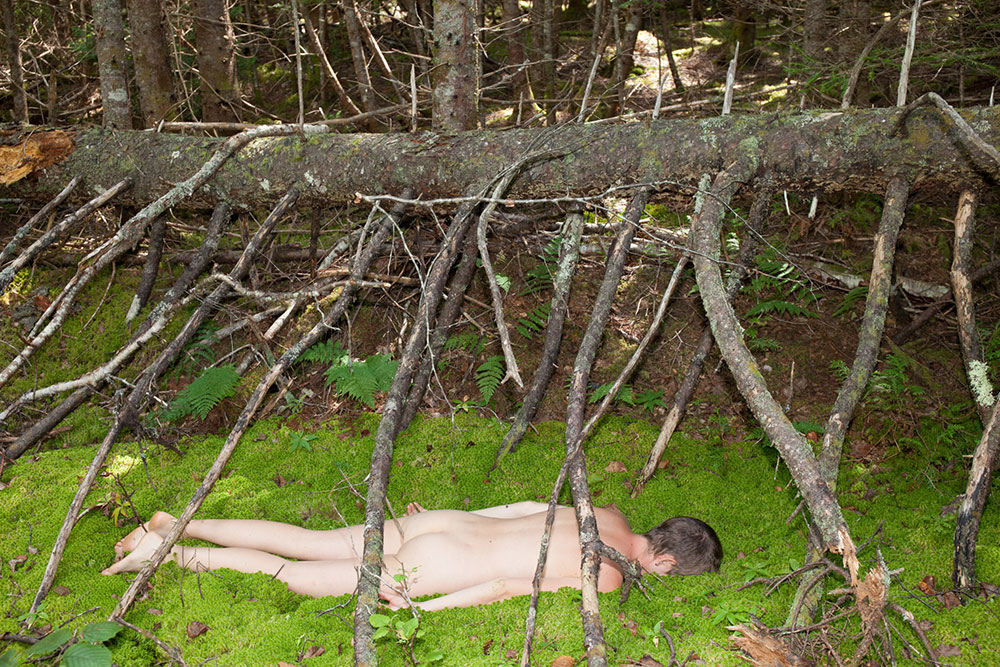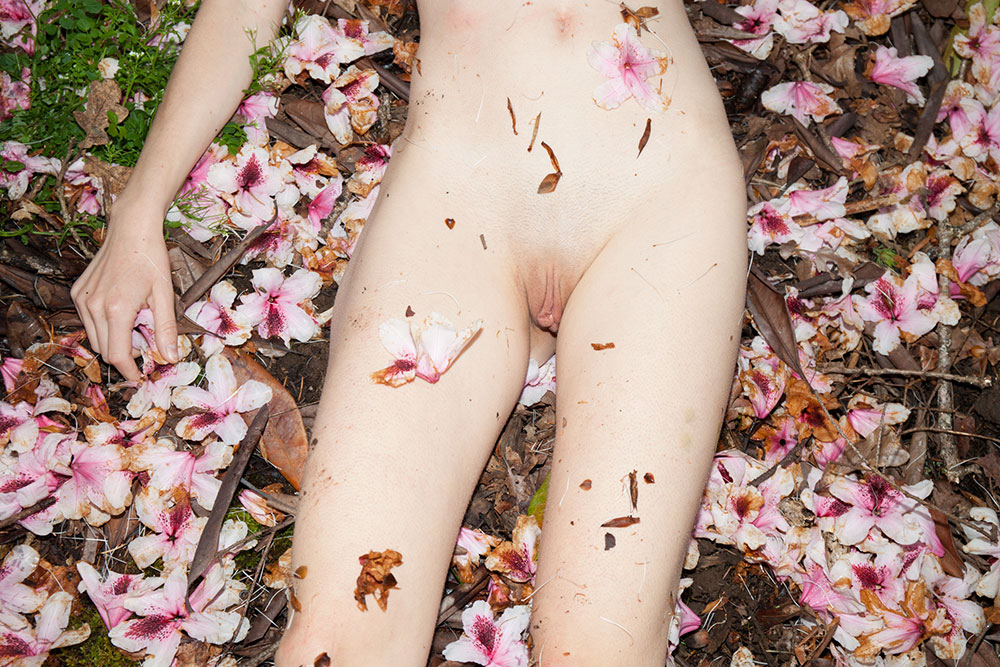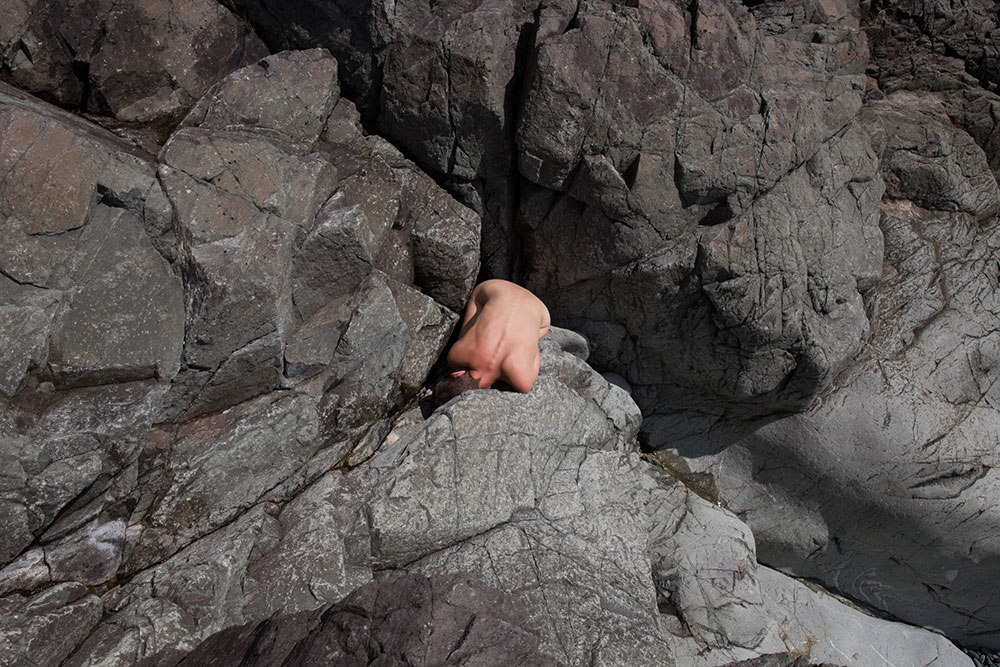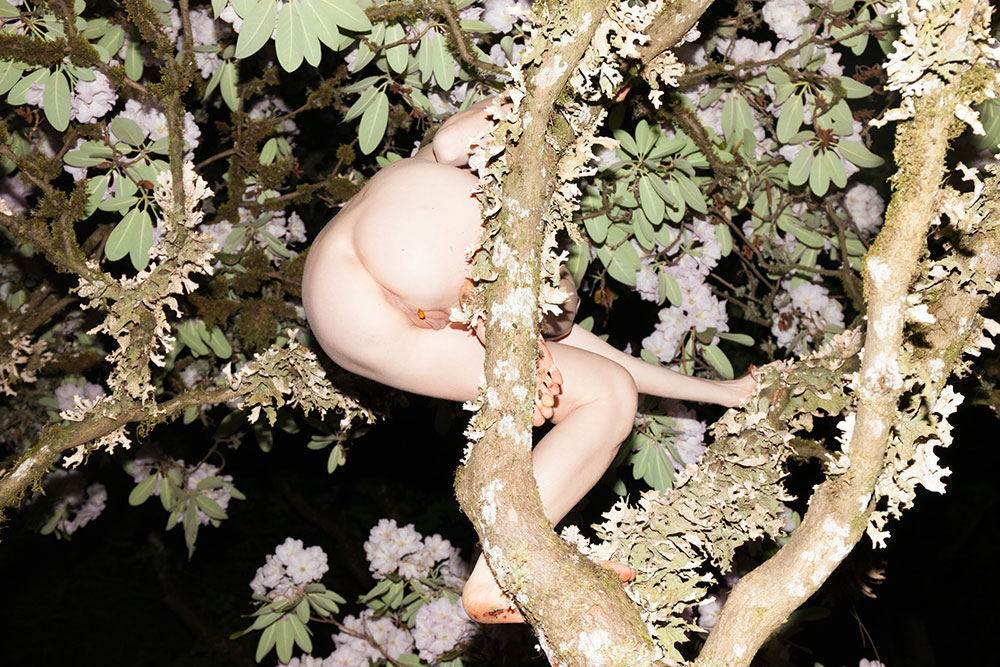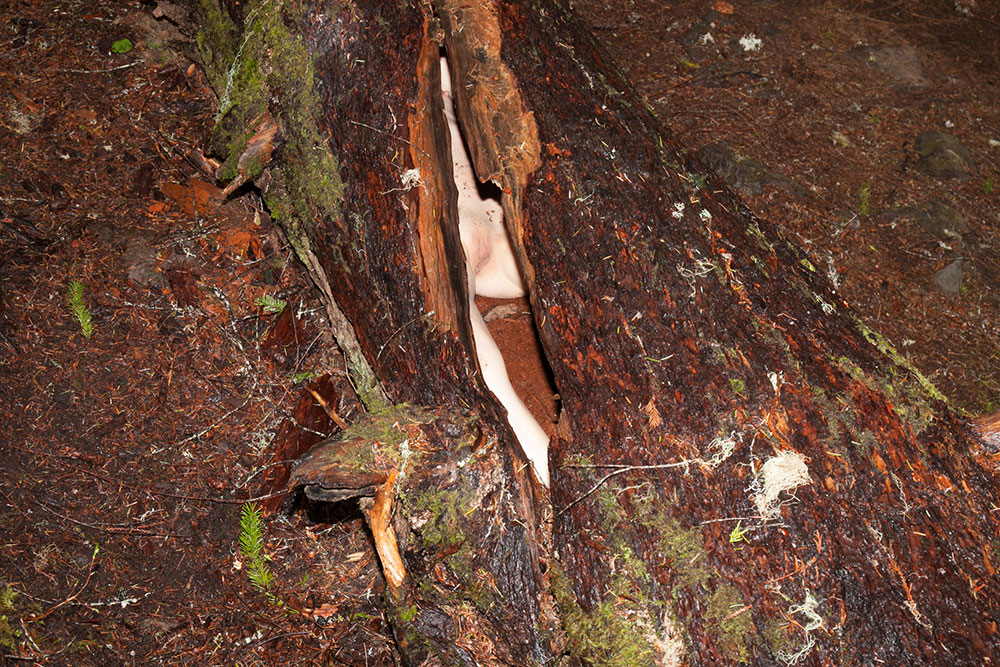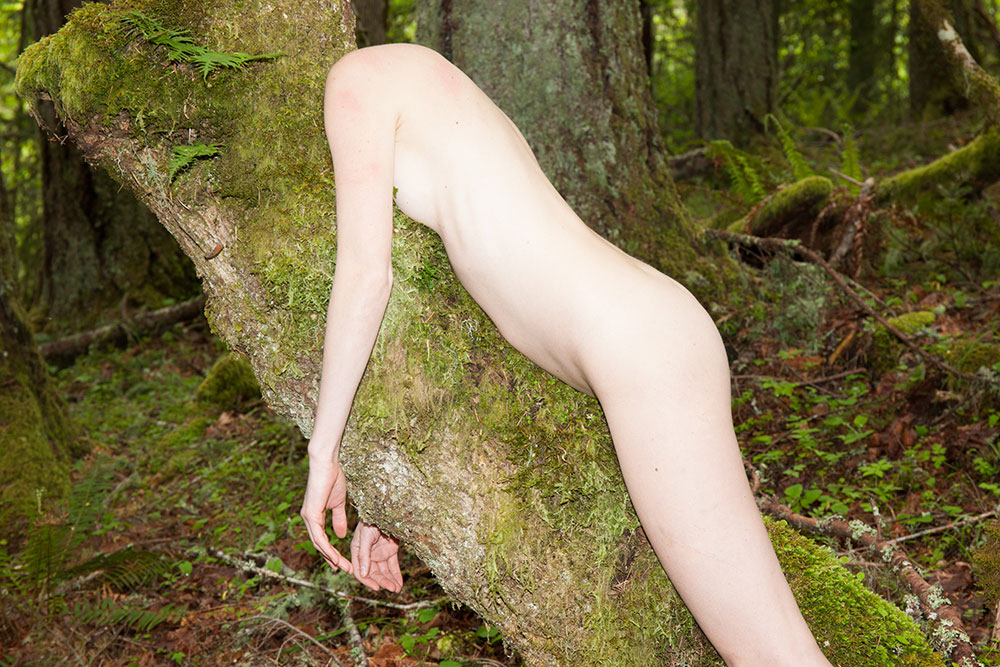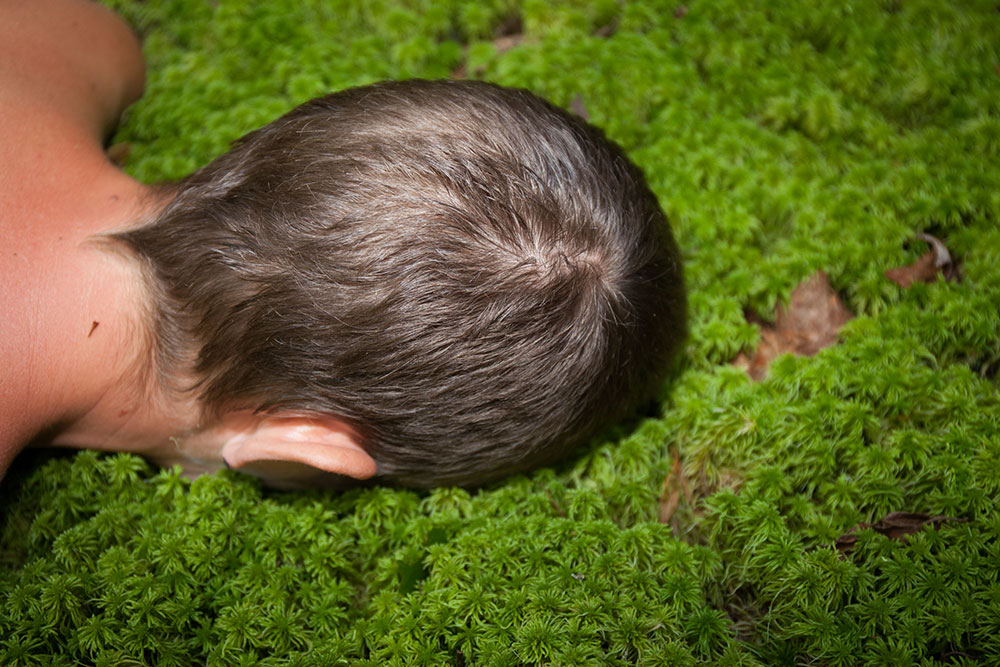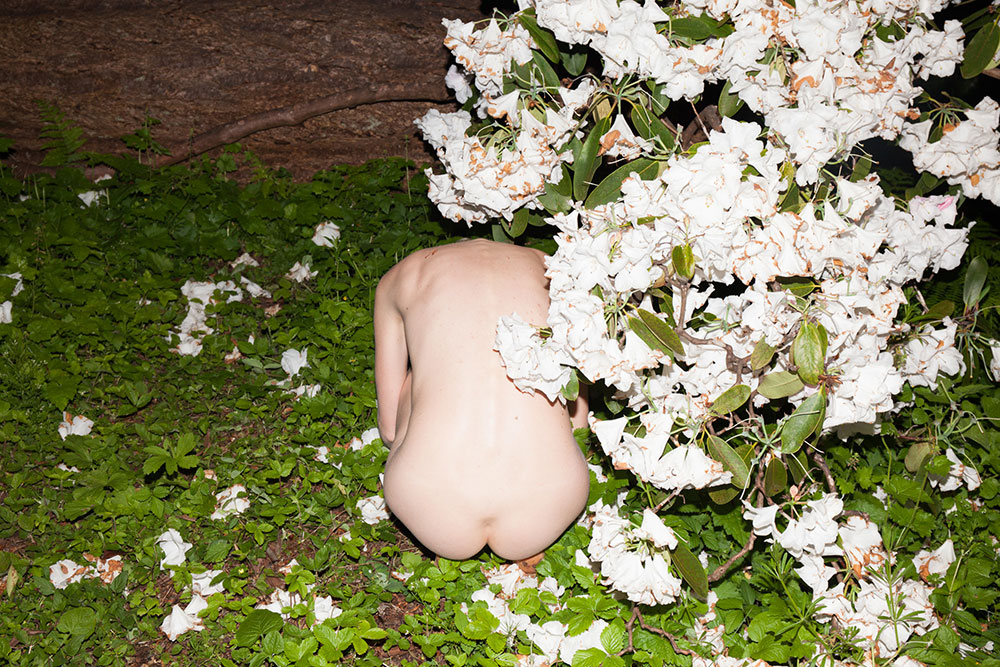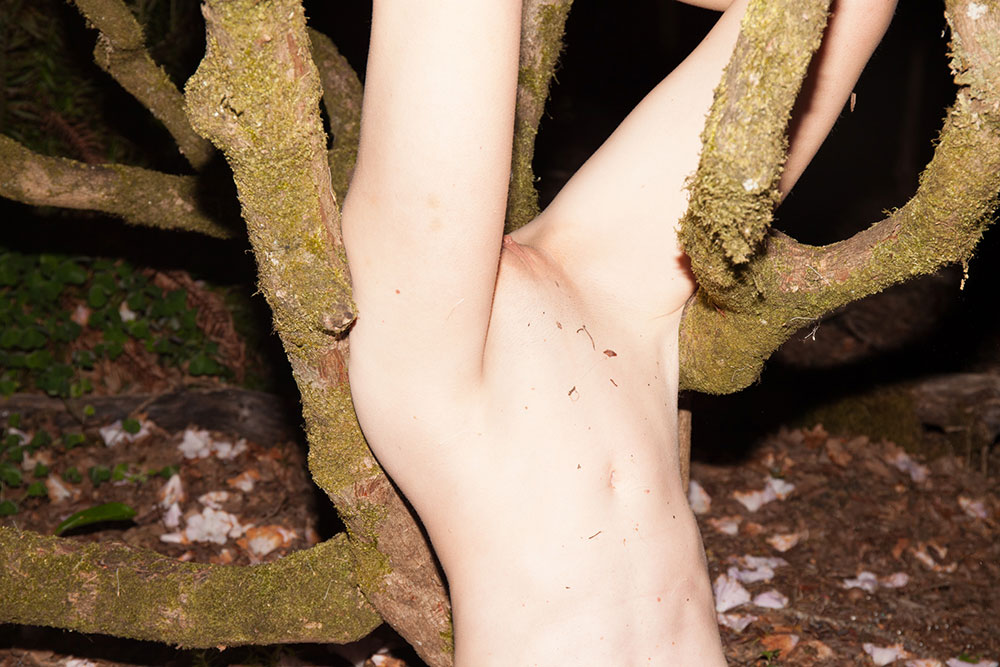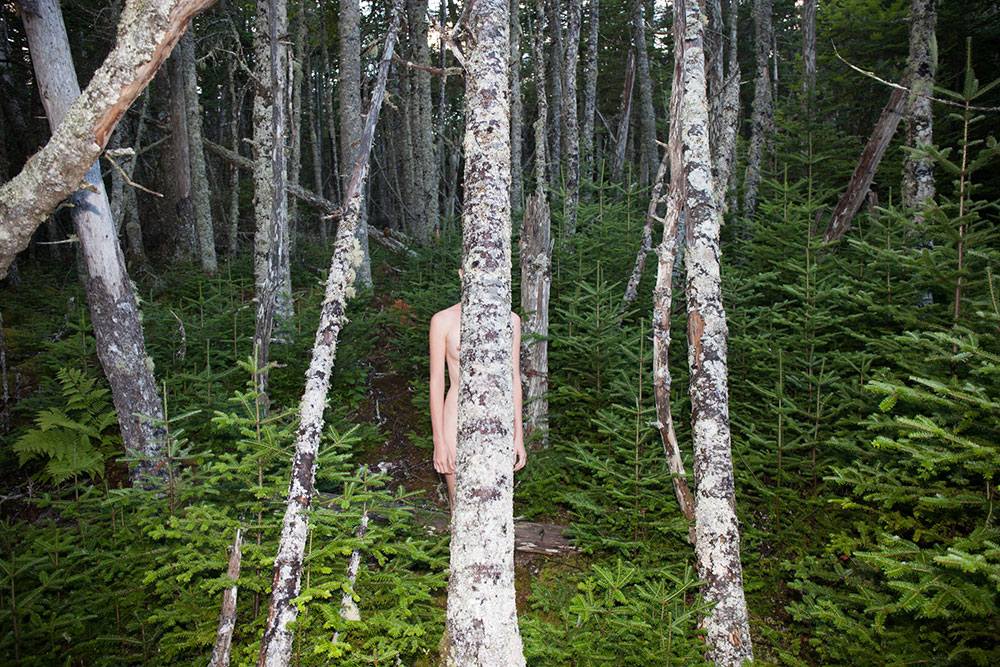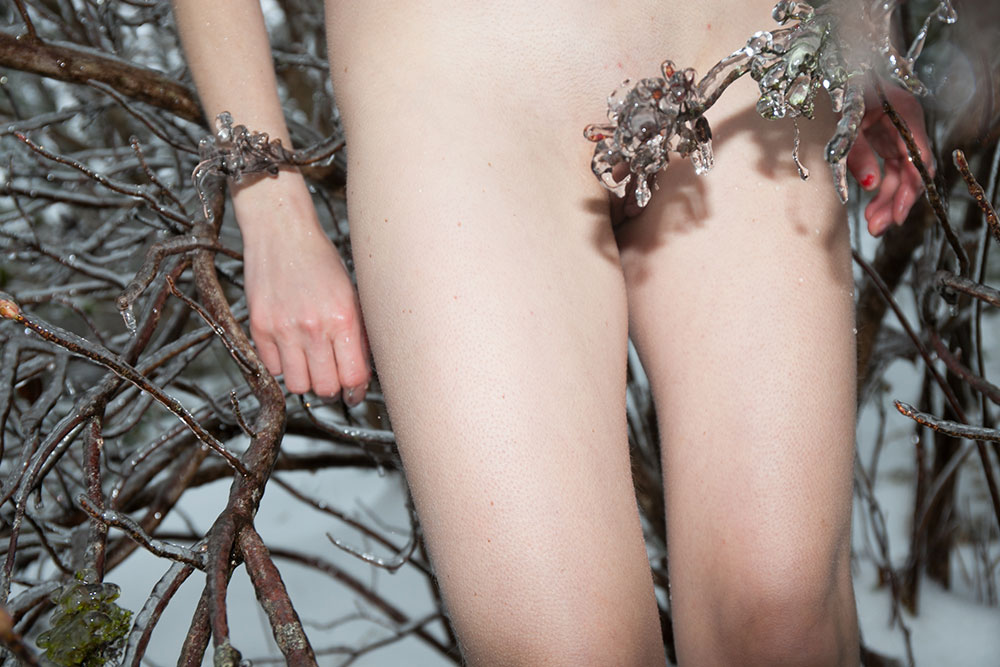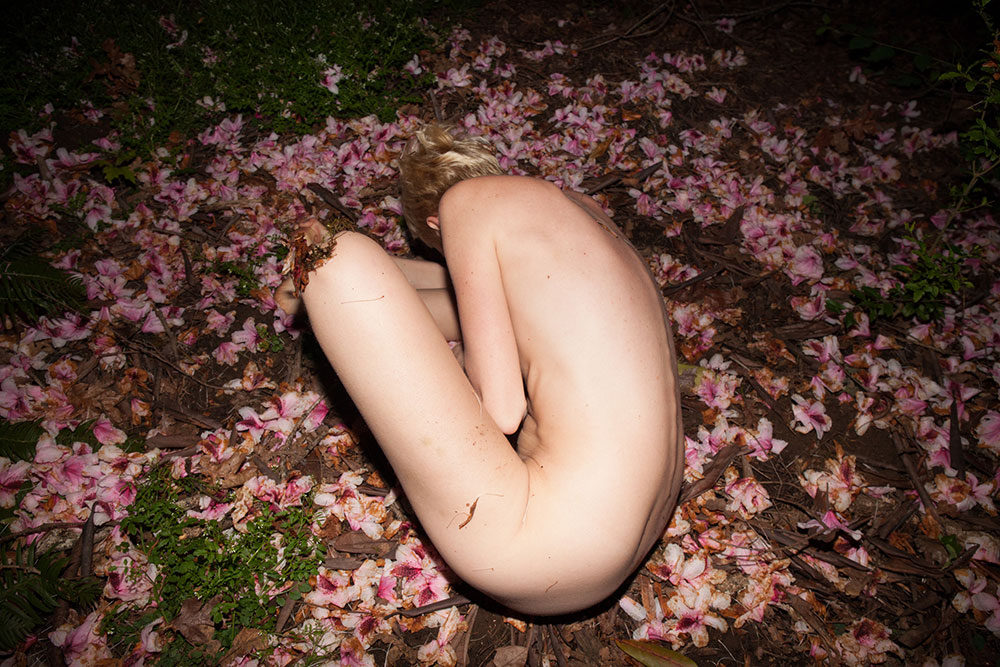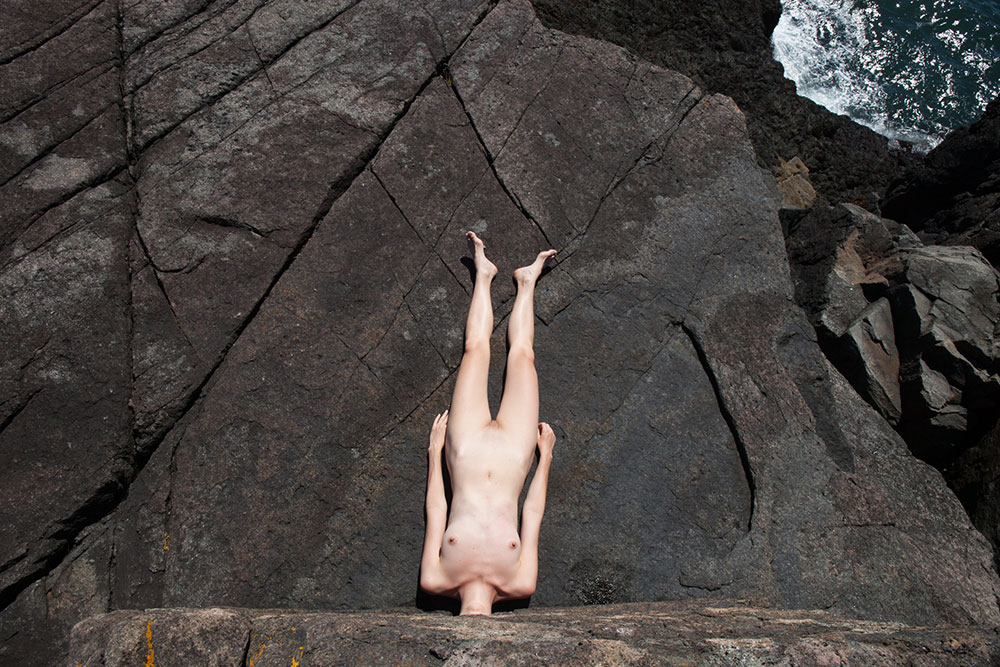Marie Tomanova — New East 100
Artist and curator Marie Tomanova is a true catalyst for the scene around her. Born in former Czechoslovakia and based in the US for the last six years, she’s earned her credit both for her own artistic work and for championing the transnational reign of youth in contemporary visual culture. In 2016 she curated her debut show YOUTH EXPLOSION: The New Bohemia which celebrated the Brooklyn art scene, and this year it was followed by Baby, I Like It Raw, a study of what Tomanova describes as post-Eastern Bloc image.
Putting together an incredibly honest and intimate documentation of bruises, memories, sexual encounters and city ramblings by artists from Russia, Ukraine and Georgia among others, the exhibition was a love letter, with a backdrop of the failed system which defined several generations of young people. Tomanova has never been shy of bold statements and extreme openness: in her work she has examined and exposed her own body and personal history in an attempt to achieve the ultimate clarity and fearlessness. She might be the ringleader this generation of image-makers needs.
You recently curated a show exploring the notion of the post-Eastern Bloc image, why was it important for you to explore this idea?
Baby, I Like It Raw: Post-Eastern Bloc Photography and Video is in a way a continuation of the YOUTH EXPLOSION: The New Bohemia show I curated in New York in 2016. They both reflect on youth culture and examine it from different points of view. YOUTH EXPLOSION brought together the contemporary Brooklyn art scene under the roof of the city’s Czech Centre. It was an homage to my new home that I found within the art scene of NYC. With Baby, I Like It Raw I fulfilled one of my dreams to bring and exhibit artists from eastern Europe and Russia, from places close to my home. I wanted to introduce artists who grew up and were influenced by the Eastern Bloc, to show youth culture in the east and to create platform for their voice. Many of them were showing in the US for the first time. This show has a big piece of my heart in it.
“There is a constant clashing and embracing of the East and the West inside of me, and it is absolutely reflected in my art”
What defines the post-Eastern Bloc image for you?
Post-Eastern Bloc image has a nostalgic feeling for me. We were strongly inspired by Boris Mikhailov’s work for this show. We were searching for rawness, realness and a certain authenticity. Some of those images are very dark and sad, others are extremely touching and full of humanity. They portray life without masks, fakeness and shallowness.
Did growing up in the Czech Republic influence you a lot as an artist? Or maybe it was your immigration?
I am definitely influenced by the places where I grew up, memories from childhood, youth and early adulthood when I studied painting at the University of Fine Arts in Czech Republic. Looking back at that period of time – it was really beautiful, carefree and bohemian, but it was also frustrating and confusing. I have always been dealing with self-portraiture, but I felt like I was in a fog and couldn’t find the right direction for which way I should go with it. It was a real breakthrough for me when I moved to another part of the world where I had no friends; nobody knew me, there were no expectations or prejudices of who I was. All of a sudden it felt like I was a blank piece of paper. I was fascinated by exploring that! It was, and still is, a great journey of defining myself with and against a new culture, society and environment. There is a constant clashing and embracing of the East and the West inside of me, and it is absolutely reflected in my art.
“I love NYC’s vibrant art scene: it helped me realise that one doesn’t have to limit oneself to one medium only. It gave me freedom to experiment”
How do you think your art practice evolved over the years and has New York influenced this process?
New York has influenced my art practice in many ways. It was my second week in NYC when I encountered Francesca Woodman’s show at the Guggenheim Museum and felt totally inspired to try photography as a medium. And that changed it all. My art practice is mostly focused on photography, video and drawing now. I also found my passion for curating here. New York helped me overcome shyness and self-doubt as an artist. It is a tough city and it makes you fierce and determined if you want to succeed. I love NYC’s vibrant art scene: it helped me realise that one doesn’t have to limit oneself to one medium only. It gave me freedom to experiment.
Why do you think it was important to showcase the Eastern, or post-Eastern Bloc, image today?
It is important to show variety instead of only consuming what gets to you through mainstream media. It is necessary to see beyond just the West and the East. There is so much more than the black and white reality we hear about. It is important to show what youth culture in the East looks like, what they dream about and what they experience.
Do you think the existence of this concept, and certain visual tropes of the post-Eastern Bloc image, is empowering for young artists or constraining?
It is very inspiring and empowering for me. And I hope it is as well for other artists. No matter if it is their visual reality and everyday experience or if they are encountering it for the first time. I think it is important to stay true to yourself, be open-minded and support diversity.
Text: Anastasiia Fedorova
Image: From Between Flowers, Rocks, Trees and Self (2016-17) by Marie Tomanova
